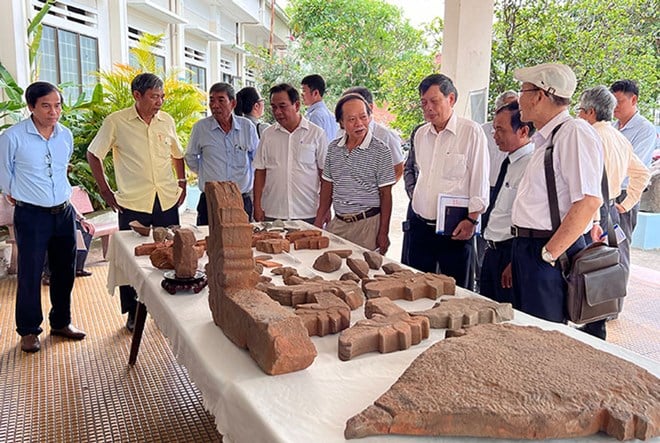
On July 31, at Binh Dinh Provincial Museum, a group of experts from the Vietnam Institute of Archaeology reported preliminary results of the second excavation of the Dai Huu tower ruins.
This is a continuation of the archaeological excavation that began in 2023, covering an area of 200 square meters.
The second excavation will take place over an area of 300 square meters, from mid-May to July 2024.
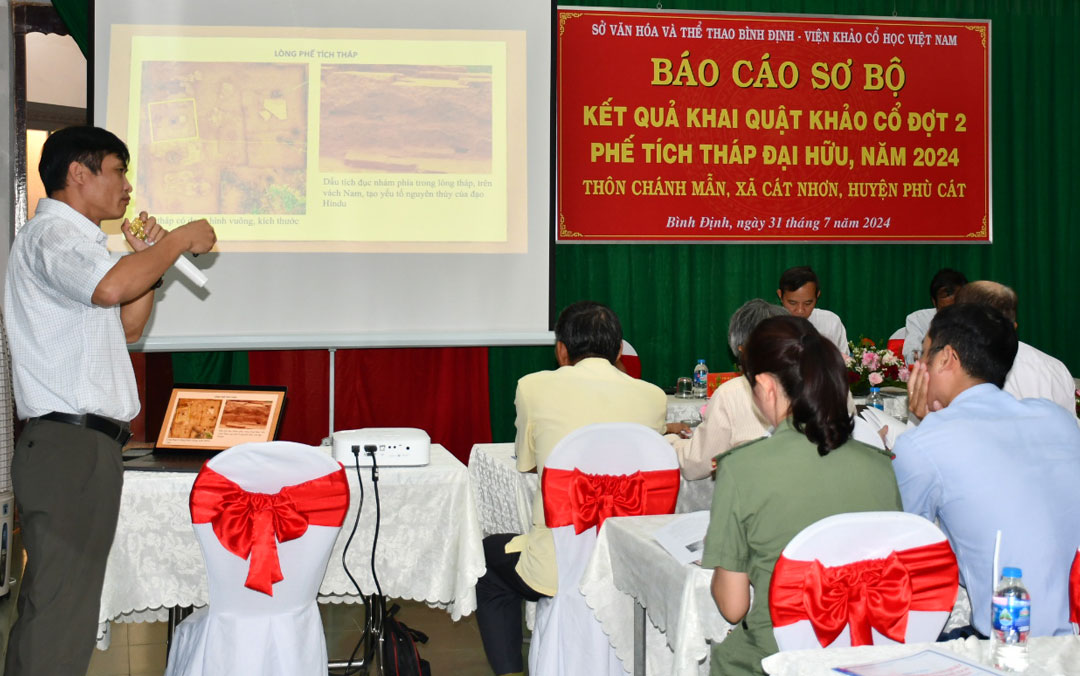
The ruins of Dai Huu tower are located on the top of Dat mountain, now in Chanh Man village, Cat Nhon commune, Phu Cat district.
The site was first mentioned in 1909 by Henri Parmentier in his research work “Statistics and description of Cham sites in Annam”.
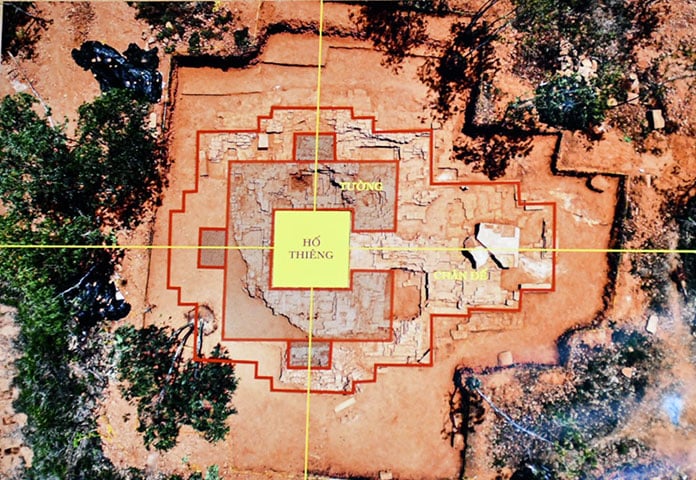
This excavation uncovered the entire body of the tower, the foundation, the eastern lobby, the northern pedestal foundation, and part of the southern and western pedestal foundations.
At the end of the excavation, experts discovered 156 stone artifacts (sandstone, granite, laterite) which were the remaining relics from the altar, inscription fragments, stone earlobes, decorative stone corners, decorative reliefs of human figures, animal statues, decorative reliefs of lotus petals, mortars and pestles.
There are more terracotta artifacts (522 artifacts, not including bricks) including decorative corner pottery, leaf-shaped roof tiles, animal reliefs, and household pottery.
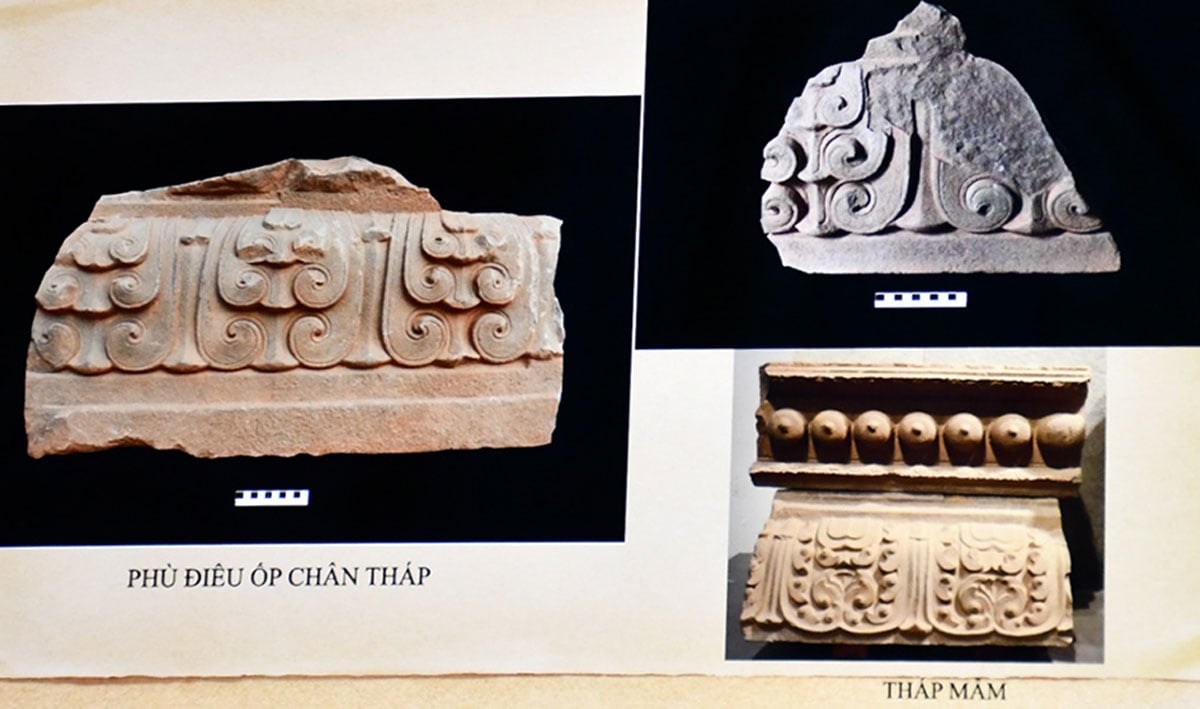
Presiding over the archaeological expedition, Dr. Pham Van Trieu presented “initial perceptions”: The tower has a square plan, each side of the body is 9.8m long, the inside of the tower is 3.8m long. This is a large-scale architectural work with high durability, built according to the Champa tower architectural tradition.
Comparing with the excavated and researched Champa architecture, combined with the inscriptions discovered so far, Mr. Trieu concluded: Dai Huu Tower is likely to date from around the middle of the 13th century.
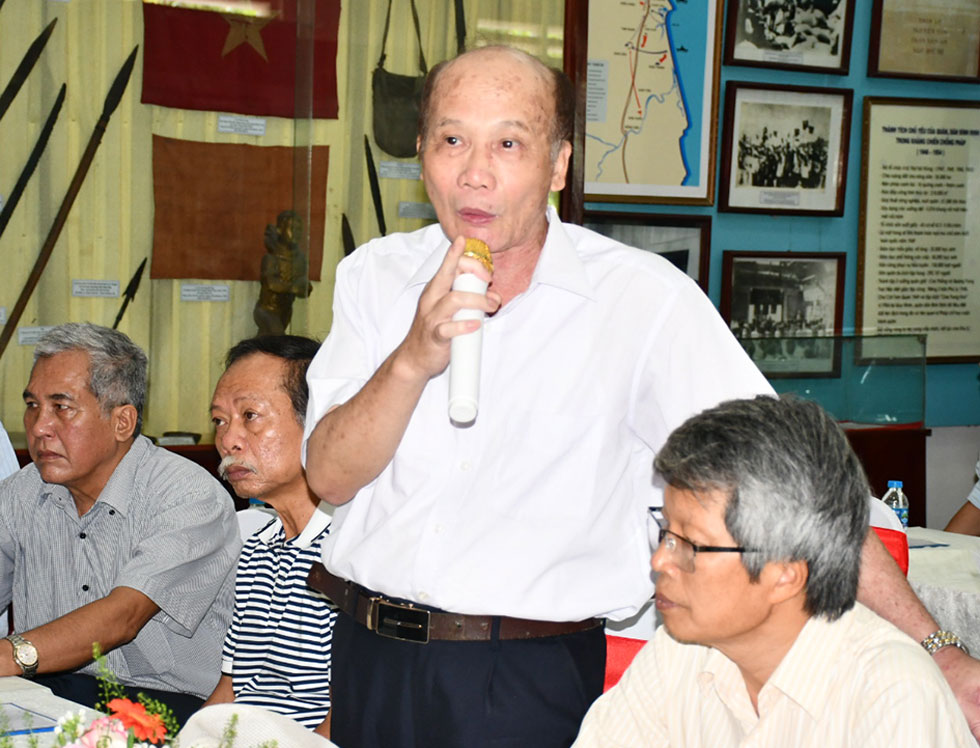
Dr. Pham Van Trieu commented: “The ruins of Dai Huu tower, together with contemporary religious architectures such as Canh Tien, Phu Loc, Thu Thien, and the ruins of Mam tower, are large, beautifully decorated architectural works, reflecting a period of political stability, economic development, and increased religious needs in the history of the Champa kingdom. The presence of household ceramic pieces dating from the 17th - 18th centuries associated with Chanh Man citadel shows that the ruins were also an important military base of the Tay Son dynasty.”
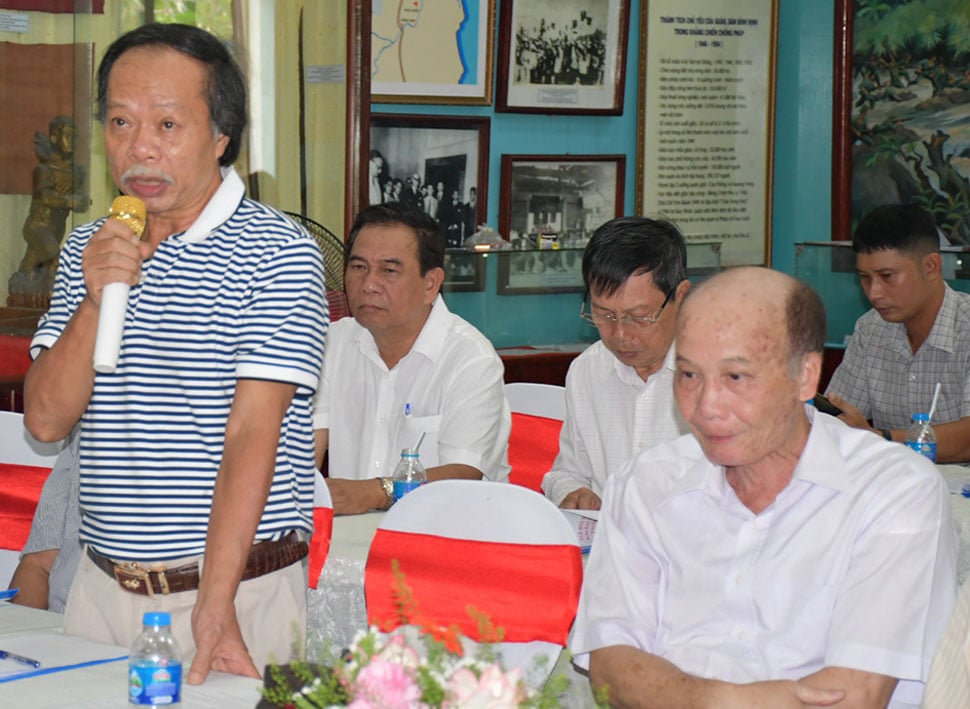
The ruins of Dai Huu tower bear the strong imprint of religious architecture of Indian culture, reflecting the expanding relationship between the land of Vijaya and outside cultures, the selective absorption, combined with indigenous beliefs, contributing to enriching the cultural identity of Champa in history.
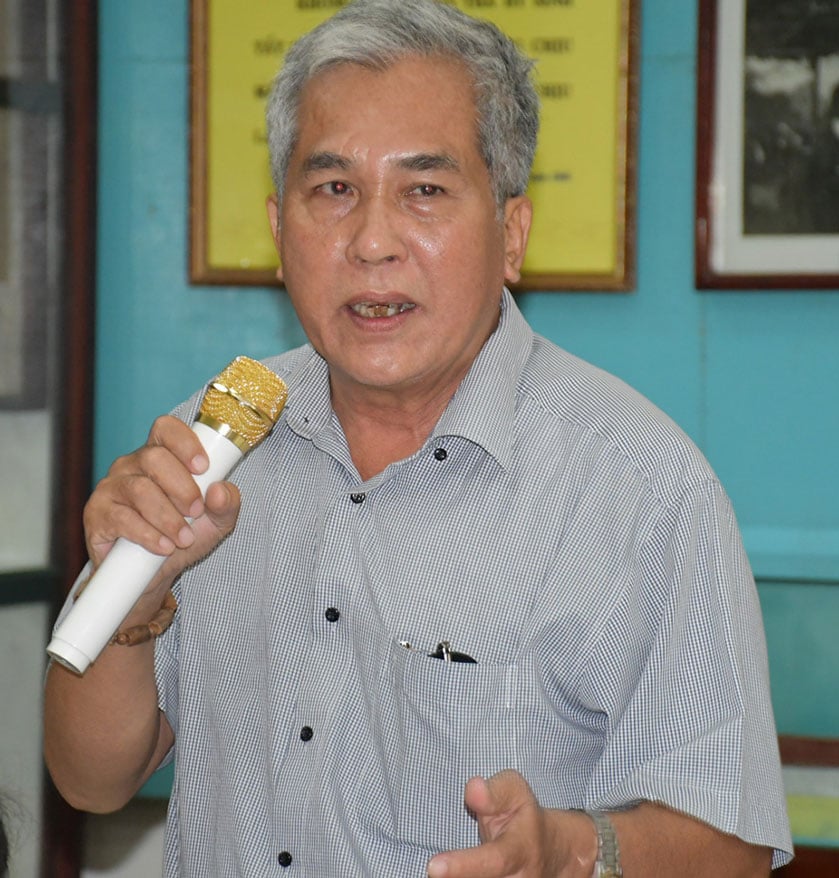
At the preliminary report on the results of the second archaeological excavation of Dai Huu ruins, Binh Dinh, delegates listened to the opinions and discussions of Dr. Le Dinh Phung (Vietnam Archaeological Association), researcher Nguyen Thanh Quang (Binh Dinh Historical Science Association), Mr. Dang Huu Tho (former Director of Binh Dinh Museum) on the contributions of the excavation, on the location of Dai Huu tower in the history of ancient Champa and present-day Binh Dinh, on the responsibility to preserve and promote the value of heritage in life, scientific research and propaganda andeducation activities...
Source: https://laodong.vn/van-hoa-giai-tri/phat-hien-moi-o-phe-tich-dai-huu-binh-dinh-1374020.ldo







![[Photo] Prime Minister Pham Minh Chinh and Prime Minister of the Kingdom of Thailand Paetongtarn Shinawatra attend the Vietnam-Thailand Business Forum 2025](https://vphoto.vietnam.vn/thumb/1200x675/vietnam/resource/IMAGE/2025/5/16/1cdfce54d25c48a68ae6fb9204f2171a)


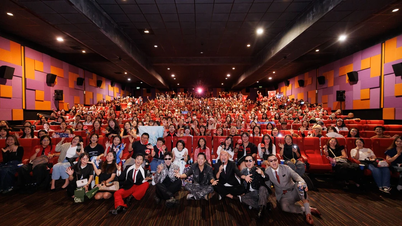
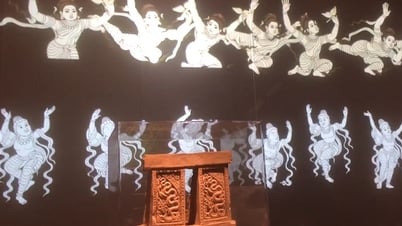




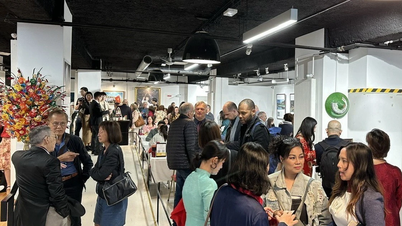











![[Photo] President Luong Cuong receives Prime Minister of the Kingdom of Thailand Paetongtarn Shinawatra](https://vphoto.vietnam.vn/thumb/1200x675/vietnam/resource/IMAGE/2025/5/16/52c73b27198a4e12bd6a903d1c218846)












































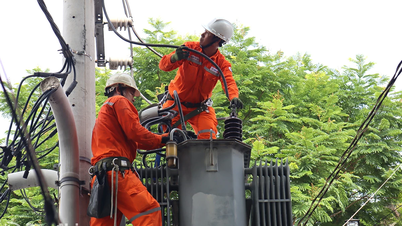

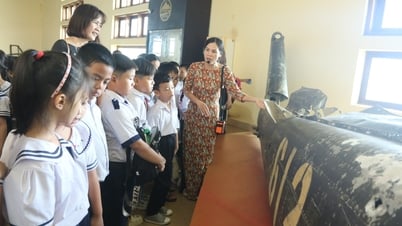

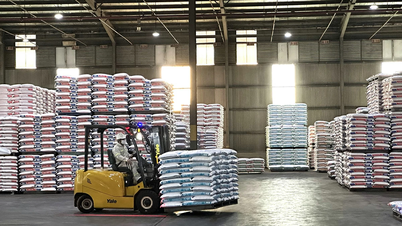
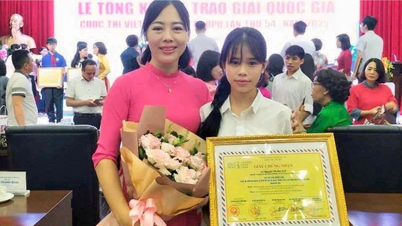













Comment (0)